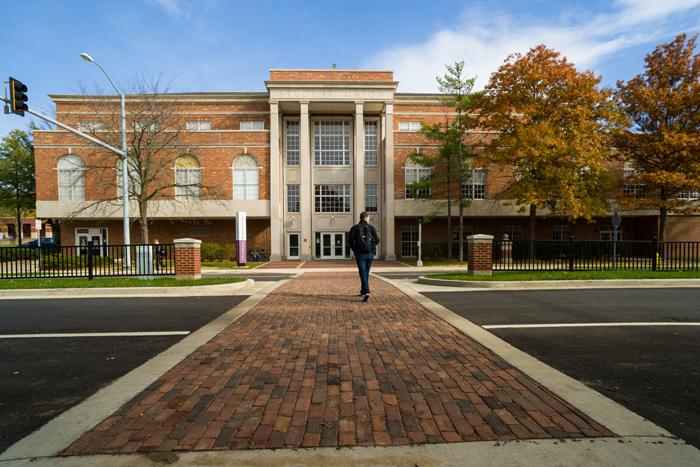Truman Organizations Working Together to Host Bone Marrow Drive
Delta Sigma Pi, Phi Sigma Pi and Phi Delta are working together to host several “Be the Match” bone marrow donor registration drives Nov. 11-12. Individuals interested in being on the national bone marrow registry will have the options to register from 11 a.m.-4 p.m. in the Student Union Building Down Under or from 5:30-8 p.m. on the first floor of Missouri Hall, Nov. 11 and Ryle Hall, Nov. 12.
What is bone marrow donation?
Donated blood marrow is used to treat patients suffering from blood cancers and diseases. Patients often require chemotherapy and radiation, which destroys their diseased marrow. During the process, healthy blood forming cells donated by members of the marrow registry are given directly to patients through the blood stream. Once accepted by the body, the healthy cells will begin to multiply and function as patient’s cells.
What are the requirements?
To join the registry, individuals must be 18-44 years old, have no major allergies, be in generally good health and have a willingness to commit to going through the donor process if they are found to be a match. There is no cost to register between these ages. Individuals 45-60 can join the registry with a $100 tax-deductible payment. However, research shows that cells from younger donors provide the greatest chance for transplant success.
How long does it take to register and what is involved?
The registration process takes 15 minutes and involves answering a short list of health questions and collecting a cheek cell sample. It is important to remember that the cheek cell sample is used to find potential matches and is not a donation.
What it means to join the registry
After joining the registry, samples are stored and compared to those of patients suffering from blood cancers and diseases. Matches are made based on the human leukocyte antigen (HLA), which is a marker cell that lets the body know what cells belong to it. Similar HLA cells are needed so that the body will accept the donation. Finding a match can be hard because HLA cells differ greatly, even among family members. 70 percent of those diagnosed with blood cancers will not match a relative and must rely on the registry.
You’re a match, now what?
If matched with a patient, the potential donor will complete further testing to verify the match. There are two different methods for donation. The most common method of extracting blood-creating cells is peripheral blood cell (PBSC). This is a process that removes the blood from the donors, separates the cells and returns the blood back into the donor. The donor will also be required to take a series of five shots over a five-day period prior to the donation to increase the number of blood forming cells. Using the PBSC process, 90 percent of donors are done after one session.
Donors may also be asked to complete a bone marrow donation, which is done through a surgical procedure in which bone marrow is extracted directly from the hipbone. This procedure can be done with general or local anesthesia and usually is an outpatient procedure.
Both forms of donation have minimal side effects. A PBSC donation could result in tingling sensation in mouth, fingers and toes. Mild flu-like symptoms can result from the shots leading up to the PBSC procedure. While bone marrow donation could result in pain within the withdrawal site, it is comparable to an aching back or a pulled muscle. While donors are more likely to be asked to complete a PBSC than a bone marrow donation, the physician of the patient will determine the type of donation and neither procedure is guaranteed.
Donors will never be asked to cover the costs of donating and are never paid for donating. All medical costs and travel expenses are covered by the "Be The Match" registry or by the patient’s medical insurance.
Why donate
Every new potential donor that registers increases the likelihood that a patient will find a match. For many patients, finding a match can be the difference between life and death. Students play a larger role because younger donors increase the chance that the transplant will be successful.
Donate cord blood
Typically, the umbilical cord and placenta are discarded after a baby is born, unless the parents decide otherwise. A donor can choose to have the cord blood collected and donated to a public cord blood bank, stored in a family (private) cord blood bank, or saved for a biological sibling who has a diagnosed medical need.
Know the commitment
While joining the registry is a quick and easy process, it is not the end of the donor’s commitment. It is vital that all potential donors realize the responsibilities that joining the registry has before completing the initial steps. A potential donor will be responsible for keeping their contact and health information up to date. By joining the registry a potential donor is committing to donate to any patient with whom they may match. While every potential donor has the right to refuse, the fundamental purpose of the registry is to save lives through donation. Once joining the registry, samples will be kept until the donor reaches the age of 61 or requests to be removed.


